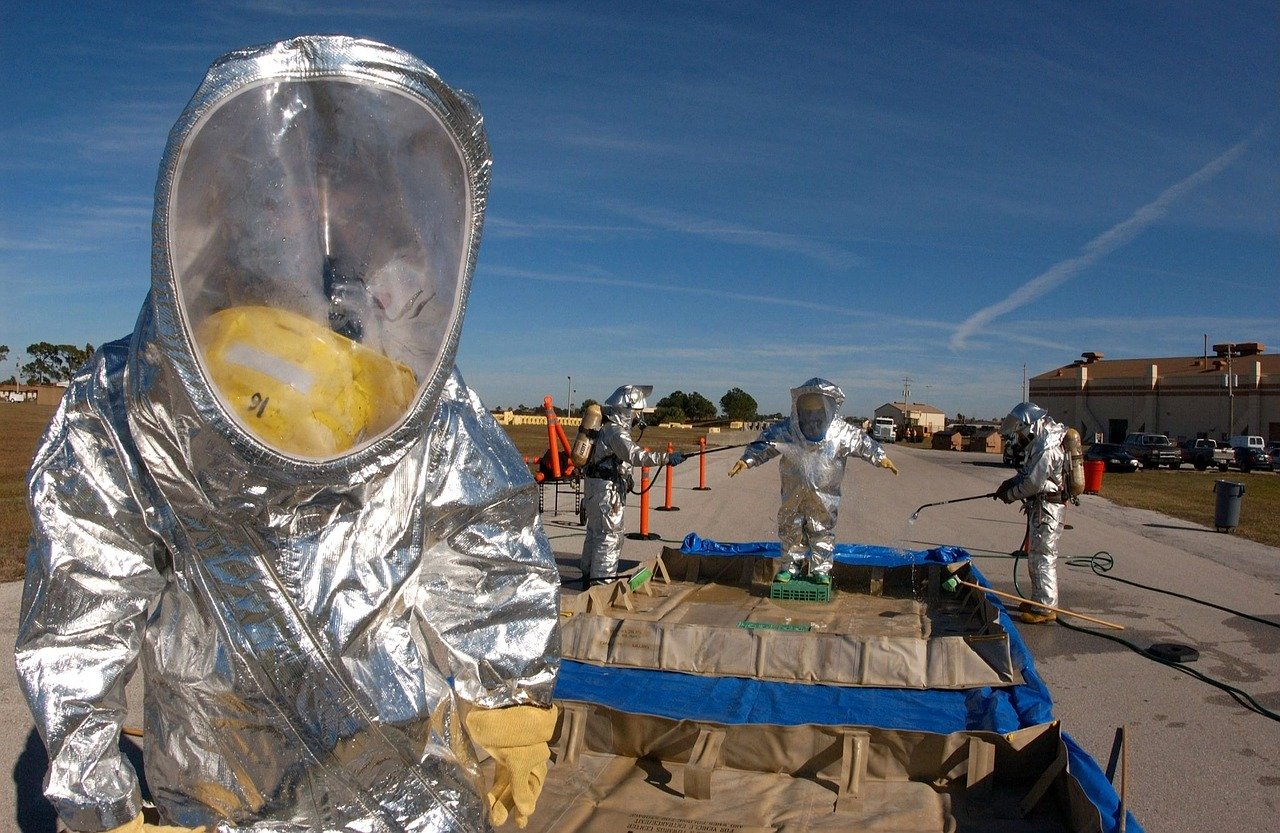This post is also available in:
 עברית (Hebrew)
עברית (Hebrew)
A new solution will save first responders valuable time. Public safety professionals are often the first ones on the scene of an emergency where potentially hazardous materials are present. First responders operating in the chemical, biological, radiological, nuclear, and explosives (CBRNE) arenas are required to assess a scene quickly and take action to determine if harmful elements, such as radiation, are present.
To address this critical need, new wearable, compact technology will significantly enhance the ability to detect harmful levels of radiation, providing first responders, CBRNE responders and military personnel with the ability to quickly and accurately make informed decisions regarding safety at the scene of operation.
Thermo Fisher Scientific upgraded its Thermo Scientific RadEye PRD4/PRD-ER4 personal radiation detector. The combination of sensitive Cessium Iodide (CsI) detectors and Natural Background Rejection (NBR) in a single instrument reduces nuisance alarms, improves detection response times, increases reach back data quality and minimizes time spent on non-threat events.
The ability to quickly and accurately assess a situation allows for more effective situational awareness, and prevents others from being put in harm’s way. The new system is an essential upgrade to the RadEye suite of personal radiation detectors. Its easy-to-use form factor makes it a go-to resource for professionals regardless of skill level.
The system can be easily calibrated in the field, enabling users to optimize the instruments based on their current environment. This mitigates downtime and the requirement for extra stock to accommodate costly turn-in and replacement. The instrument features a simple user interface and large screen.


























